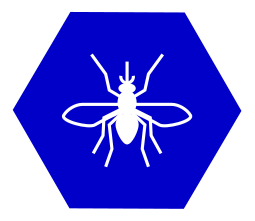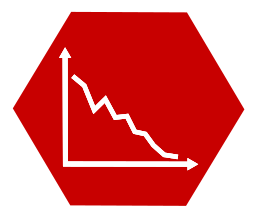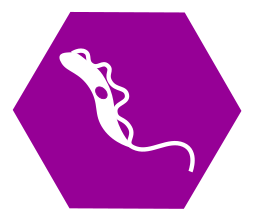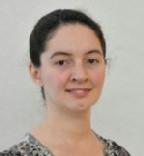Project results/ Résultats du projet
The HAT MEPP team are helping to support on-going gambiense Human African Trypanosomiasis (gHAT or sleeping sickness) interventions and global efforts to eliminate the disease through combined research expertise of mathematical modellers, health economists, epidemiologists and a software developer at the University of Warwick and Swiss TPH.
The results of the projects cover a range of topics in the follow categories:
| DRC | Modelling methods |
| Chad | Health Economics |
| Côte d'Ivoire | Infection reservoirs |
| Guinea | COVID-19 interruptions |
| Uganda |
See the Glossary for a description of commonly used terms and acronyms associated with the HAT projects.
Infection transmission modelling and projections

For the first time, sophisticated modelling of sleeping sickness transmission across all health zones in DRC has been used based on real case data spanning 17 years, thanks to complex coding to automate matching (‘fitting’) of the existing model parameters to the large volume of data. The model can account for local variation across DRC when projecting transmission levels, and simulating different intervention and cost scenarios. It has provided robust, quantitative evidence to identify health zones requiring enhanced disease control to reach elimination of transmission by WHO's 2030 goal and the evidence-base for HAT MEPP as a whole.
Optimising elimination intervention strategies and costs

A key research outcome being generated from the project is evidence of the expected year of elimination of sleeping sickness under different combinations of interventions, taking into account varying local experience and needs from the modelling data. This is further expanded to provide the cost and cost-effectiveness of each intervention strategy in terms of net benefit (cost of interventions vs cost of ill-health/disability/death), which is added to the model. The research offers a number of different options highlighting the most efficient intervention strategy to achieve elimination by 2030 and the optimal strategy to lower costs.
Data and analysis tool: GUI

The 'GUI' (Graphical User Interface) provides online access to the vast amount of data and results of this research project in a user-friendly way, using maps and charts. It is pivotal in communicating the evidence generated by the project to support policy and investment decisions by national programmes and donors. The GUI shows country and regional information (such as provinces and health-zones in DRC), transmission levels (past and projected), a range of future intervention strategies, different outcomes, costs and cost-effectiveness. The results are being updated as they are produced throughout the project.
New diagnostics and interventions

There is potential for new and improved diagnostics and drugs, under development, to alter and expedite the pathway to elimination of sleeping sickness. An important part of the HAT MEPP project is to support analyses of these (other) ongoing gHAT elimination programmes and factoring preliminary results and new intervention strategy scenarios into the modelling of time to elimination and cost, taking into account the local dynamics provided within the model.
See publications for a full list of our articles.
Researchers
| HAT MEPP lead: (Professor, Warwick) |

|
| (Professor, Warwick) |

|
| (Professor, Warwick) |

|
| (Group leader, Swiss TPH) |

|
| (Reader, Warwick) |

|
| (Associate Professor, Warwick) |

|
| Emily Crowley (Scientific Project Manager) |

|
| (PDRA, Swiss TPH) |

|
| (PDRA, Warwick) |

|
| (PDRA, Warwick) |

|
| (Software Developer, Warwick) |

|
| Chris DavisLink opens in a new window (PDRA, Warwick) |

|
| Sam Sutherland (RA, Warwick) |

|
